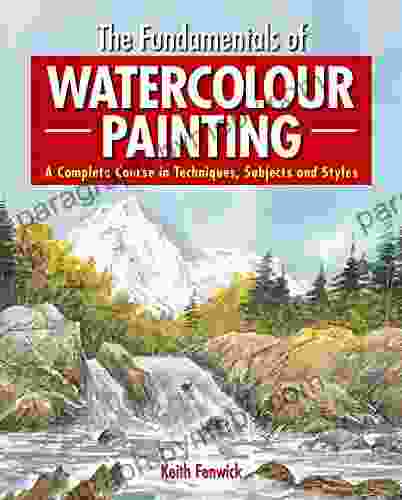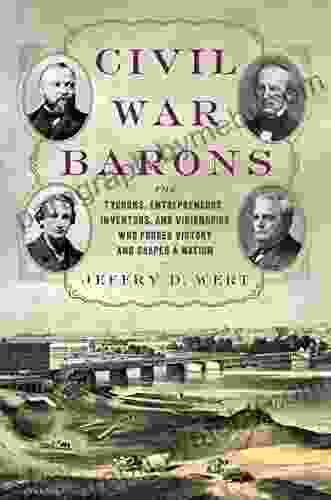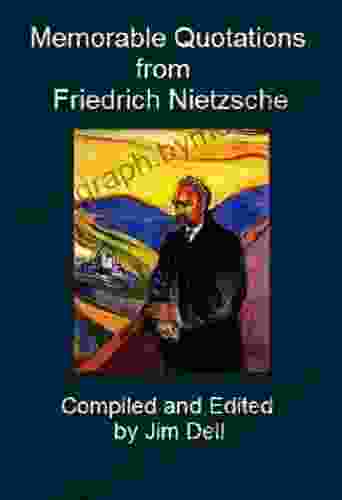Unlock the Secrets of Watercolor: A Comprehensive Guide to The Fundamentals Of Watercolour Painting

Watercolor painting is a captivating art form that has enchanted artists for centuries. Its delicate, ethereal nature allows for breathtaking creations, capturing the essence of light and atmosphere in a unique and captivating way. Whether you're a seasoned artist or just starting your watercolor journey, this article will delve into the fundamentals of watercolor painting, providing you with the knowledge and techniques to elevate your artistic endeavors.
Materials and Setup
Before embarking on your watercolor painting adventure, it's essential to gather the necessary materials:
4.6 out of 5
| Language | : | English |
| File size | : | 26058 KB |
| Text-to-Speech | : | Enabled |
| Screen Reader | : | Supported |
| Enhanced typesetting | : | Enabled |
| Print length | : | 53 pages |
| Lending | : | Enabled |
Watercolors
High-quality watercolor paints will make a significant difference in the vibrancy and longevity of your artwork. Choose brands known for their reliability, such as Winsor & Newton, Daniel Smith, or Holbein.
Brushes
Soft, synthetic brushes like sable or nylon are ideal for watercolor. They retain moisture well and produce smooth, fluid strokes. Round brushes come in various sizes, from fine detail brushes to larger brushes for washes.
Paper
Specifically designed watercolor paper is essential for absorbing the paint and preventing warping. Cold-pressed paper has a slight texture, while hot-pressed paper is smoother. Select a paper weight of around 140 lbs (300 gsm) or higher.
Other Essentials
Palette, water containers, masking tape, and a pencil will complete your watercolor kit.
Watercolor Techniques and Applications
Wet-on-Wet
Apply wet paint onto wet paper to create soft, blended effects. This technique allows colors to flow into one another, creating ethereal washes and atmospheric effects.
Wet-on-Dry
Apply wet paint onto dry paper for more controlled and precise applications. This technique provides a higher level of detail and is often used for fine lines, shapes, and textures.
Dry Brush
Dip a dry brush into paint and apply it to dry paper. This creates a unique, textured effect that resembles dry brushstrokes in oil painting.
Washes
A wash is a diluted solution of watercolor applied to paper in flat, even strokes. It creates uniform color coverage and can be layered to build up intensity.
Color Theory and Composition
Color Theory
Understanding color theory is crucial for creating harmonious and impactful watercolor paintings. Consider the color wheel, primary and secondary colors, and the use of warm and cool hues.
Composition
Effective composition guides the viewer's eye through the painting. Use elements such as the rule of thirds, leading lines, and focal points to create a visually balanced and engaging work of art.
Step-by-Step Painting
To illustrate the fundamentals of watercolor painting, let's paint a simple landscape:
1. Sketch the outlines of a mountain range and a lake. 2. Apply a wet wash of blue to the sky. 3. While the sky is still damp, apply a lighter blue wash to create a graduated effect. 4. Allow the sky to dry. 5. Paint the mountains with a mixture of brown and green hues using the wet-on-dry technique. 6. Add shadows and contours to the mountains for depth. 7. Create a reflection of the mountains in the lake using the wet-on-wet technique. 8. Paint in some trees and rocks along the shore. 9. Add fine details with a small brush and the dry brush technique.
Tips and Techniques for Beginners
* Practice regularly to develop your skills and confidence. * Experiment with different techniques and color combinations. * Use a light hand to avoid overworking the paper. * Allow layers of paint to dry before applying new ones to prevent muddiness. * Don't be afraid to make mistakes. Watercolor painting is a forgiving medium, and mistakes can often lead to unique and unexpected results.
Delving into the fundamentals of watercolor painting opens up a world of artistic possibilities. By mastering the techniques and principles outlined in this article, you can explore the captivating realm of watercolor and create stunning works of art. Remember, the beauty of watercolor lies in its fluidity, transparency, and the unexpected effects that can be achieved. So embrace the journey, let your imagination soar, and discover the joy of watercolor painting.
4.6 out of 5
| Language | : | English |
| File size | : | 26058 KB |
| Text-to-Speech | : | Enabled |
| Screen Reader | : | Supported |
| Enhanced typesetting | : | Enabled |
| Print length | : | 53 pages |
| Lending | : | Enabled |
Do you want to contribute by writing guest posts on this blog?
Please contact us and send us a resume of previous articles that you have written.
 Book
Book Novel
Novel Page
Page Chapter
Chapter Text
Text Story
Story Genre
Genre Reader
Reader Library
Library Paperback
Paperback E-book
E-book Magazine
Magazine Newspaper
Newspaper Paragraph
Paragraph Sentence
Sentence Bookmark
Bookmark Shelf
Shelf Glossary
Glossary Bibliography
Bibliography Foreword
Foreword Preface
Preface Synopsis
Synopsis Annotation
Annotation Footnote
Footnote Manuscript
Manuscript Scroll
Scroll Codex
Codex Tome
Tome Bestseller
Bestseller Classics
Classics Library card
Library card Narrative
Narrative Biography
Biography Autobiography
Autobiography Memoir
Memoir Reference
Reference Encyclopedia
Encyclopedia Manthia Diawara
Manthia Diawara Sara Novic
Sara Novic Jess E Owen
Jess E Owen Jeff Gill
Jeff Gill Jeff Gaudette
Jeff Gaudette Jeff Henigson
Jeff Henigson Ozgen Halil
Ozgen Halil Tom Michaud
Tom Michaud Nicole Mones
Nicole Mones Jeff Lemire
Jeff Lemire Jen Noonan
Jen Noonan Jim Kjelgaard
Jim Kjelgaard Jean Lau Chin
Jean Lau Chin Jerry Remy
Jerry Remy Jess Lenouvel
Jess Lenouvel Lindsey Hilsum
Lindsey Hilsum Nancy K O Leary
Nancy K O Leary Robbie Robertson
Robbie Robertson Leigh Wilson
Leigh Wilson Jeanne Howard
Jeanne Howard
Light bulbAdvertise smarter! Our strategic ad space ensures maximum exposure. Reserve your spot today!
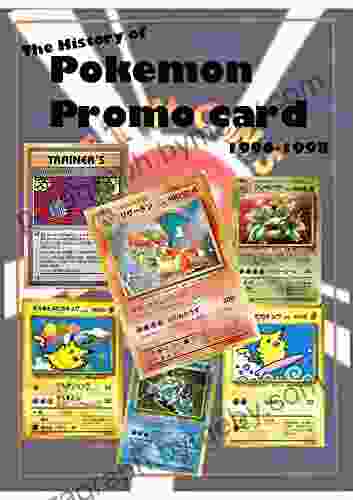
 Hudson HayesEmbark on a Nostalgic Journey: The History of Pokémon Promo Cards (1996-1998)
Hudson HayesEmbark on a Nostalgic Journey: The History of Pokémon Promo Cards (1996-1998)
 Samuel BeckettUnveiling the Enigmatic Mongols: Journey through Time in Jeremiah Curtin's...
Samuel BeckettUnveiling the Enigmatic Mongols: Journey through Time in Jeremiah Curtin's... Andres CarterFollow ·12.1k
Andres CarterFollow ·12.1k Jeff FosterFollow ·2.2k
Jeff FosterFollow ·2.2k Kenneth ParkerFollow ·7.4k
Kenneth ParkerFollow ·7.4k Luke BlairFollow ·2.1k
Luke BlairFollow ·2.1k Keith CoxFollow ·14.3k
Keith CoxFollow ·14.3k Gary CoxFollow ·17.9k
Gary CoxFollow ·17.9k Franklin BellFollow ·10.1k
Franklin BellFollow ·10.1k George Bernard ShawFollow ·18.1k
George Bernard ShawFollow ·18.1k
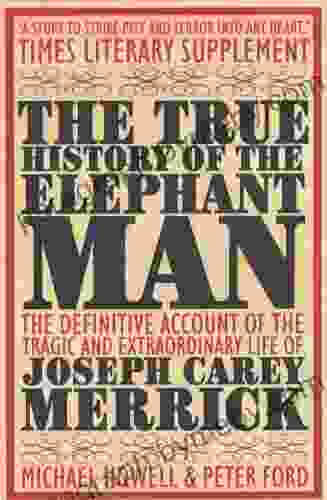
 Jeremy Mitchell
Jeremy MitchellUnveiling the Truth: The Captivating Saga of The Elephant...
Embark on a poignant journey through the...
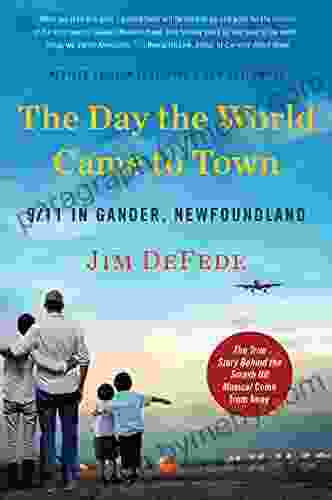
 Marvin Hayes
Marvin HayesThe Day The World Came To Town: A Heartwarming Tale of a...
In the quaint...

 Hugh Bell
Hugh BellExplore the Avian Treasures of Wisconsin: A Review of...
Unveiling the Secrets of...
4.6 out of 5
| Language | : | English |
| File size | : | 26058 KB |
| Text-to-Speech | : | Enabled |
| Screen Reader | : | Supported |
| Enhanced typesetting | : | Enabled |
| Print length | : | 53 pages |
| Lending | : | Enabled |


